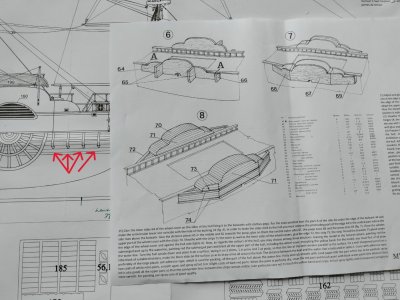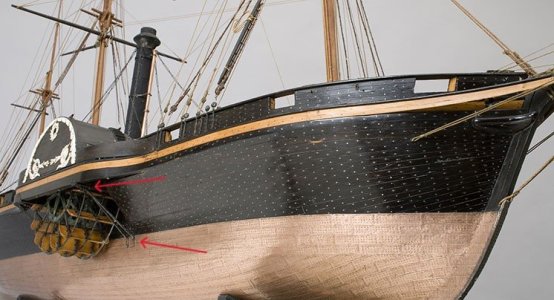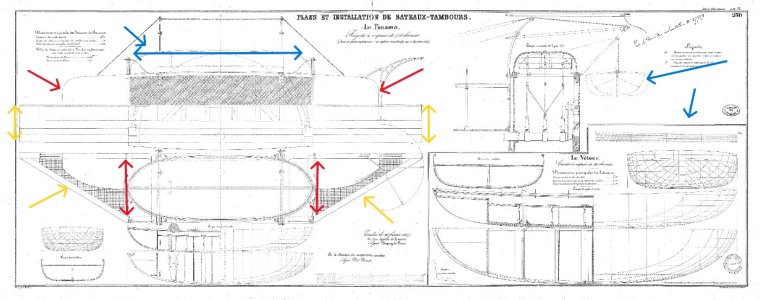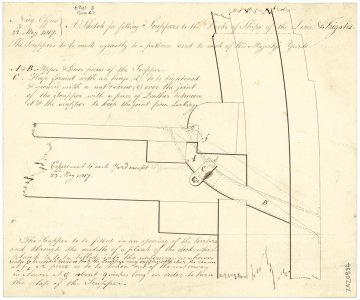- Joined
- May 25, 2020
- Messages
- 1,101
- Points
- 443

Finally, shipmates, what are your thoughts about the following:
Scuppers - there are no scuppers in the kit plans or the original plans. There would have been scuppers, right?
Paint scheme inboard - I was planning to use the natural wood color for the inboard bulwarks - If you look at the pictures of the models in Martin's posts and in Post 80 it looks like natural wood is the right call and everything else is black - or at least the trim is in black.
Treenails - nails - At this scale I have been thinking not to show treenails. Wouldn't they be so small as to be invisible? On the other hand it is a nifty detail.
Blessings. Peace. Gratitude.
Chuck
Scuppers - there are no scuppers in the kit plans or the original plans. There would have been scuppers, right?
Paint scheme inboard - I was planning to use the natural wood color for the inboard bulwarks - If you look at the pictures of the models in Martin's posts and in Post 80 it looks like natural wood is the right call and everything else is black - or at least the trim is in black.
Treenails - nails - At this scale I have been thinking not to show treenails. Wouldn't they be so small as to be invisible? On the other hand it is a nifty detail.
Blessings. Peace. Gratitude.
Chuck


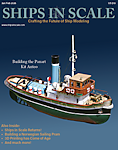






 I did the starboard side first to experiment with how the planks would run. Because L'Orenoque will be in the same room with Harriet Lane, and because Harriet Lane is displayed port side out - the port side is the money-maker. Not that anyone but you and my Admiral will know because this heresy will be covered in copper.
I did the starboard side first to experiment with how the planks would run. Because L'Orenoque will be in the same room with Harriet Lane, and because Harriet Lane is displayed port side out - the port side is the money-maker. Not that anyone but you and my Admiral will know because this heresy will be covered in copper.